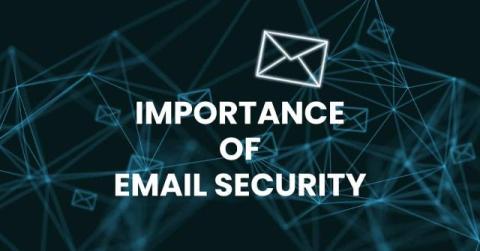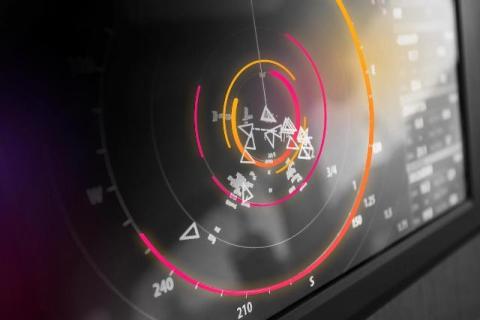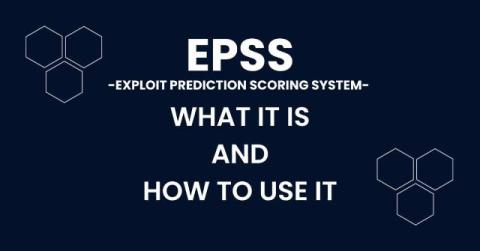The Importance of Email Security
Back in the early days of the internet, people looked forward to hearing that deep, robotic voice announcing “you’ve got mail!” Today, whether you like it or not, email is fundamental to personal and business communications. In 2022, people sent and received an estimated 333 billion emails daily, with the number expected to increase to 392.5 billion by 2026. Experiencing a security incident on your email server can interrupt business operations leading to lost revenue.










